Whether you’re trying to lose weight or hoping to stabilize your blood sugar, a low carb diet can be incredibly beneficial in a number of ways. Before you get started on your low carb journey, it’s important to identify the best low carb vegetables to add to your shopping list.
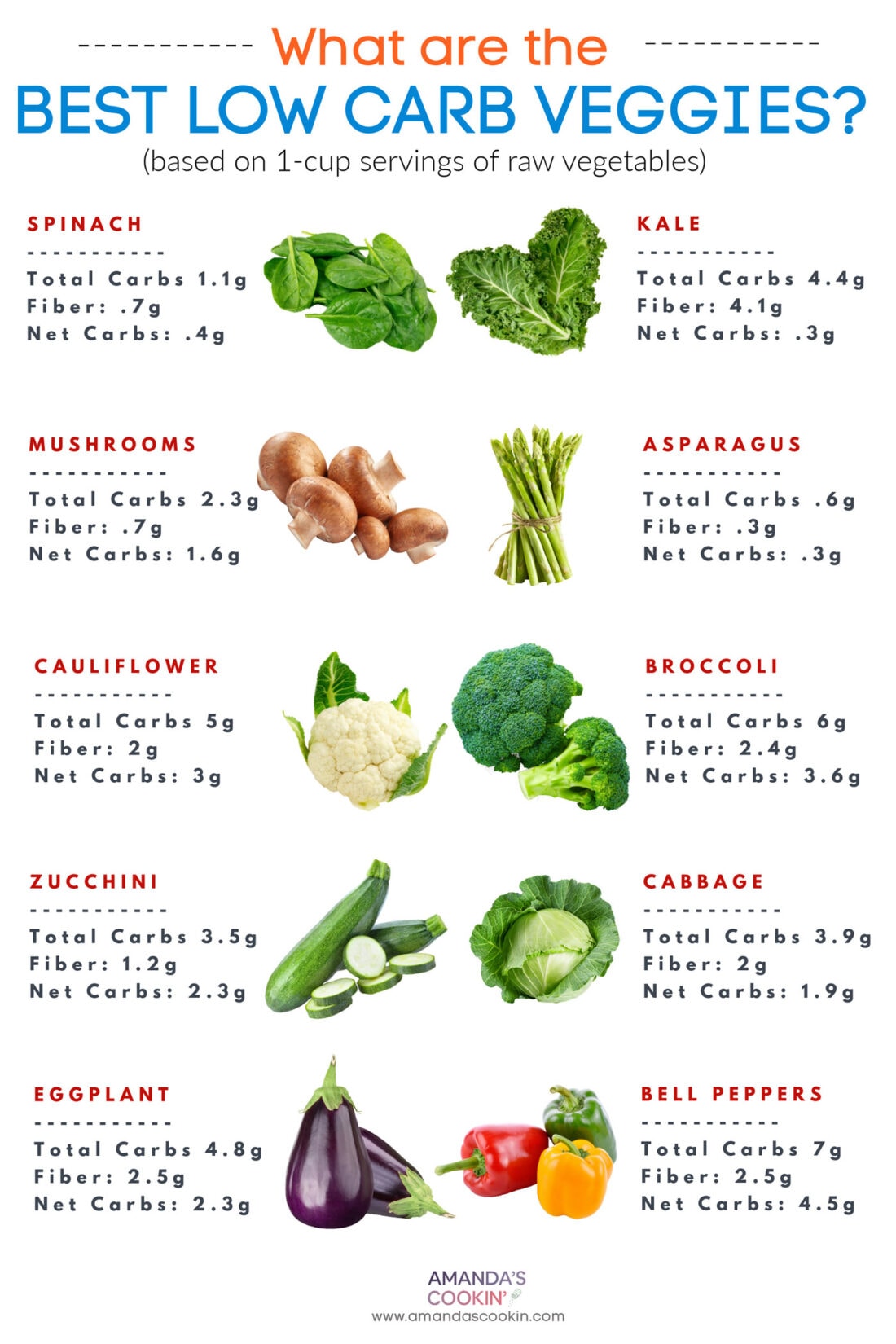
A Guide to The Best and Worst Low Carb Vegetables
If you find yourself wandering around the produce aisle unsure of what to buy on a low-carb diet, there’s one simple tip to keep in mind. Vegetables grown above ground (lettuce, zucchini, etc.) are generally great low carb choices, while vegetables grown below ground (parsnips, potatoes, etc.) tend to contain higher amounts of carbs.
In this printable guide to the best and worst low carb vegetables, we will first cover how fiber affects carb count, then dive into some of the lowest carb and highest carb vegetables. By the time you’ve finished reading, you’ll be ready to crush your low carb diet.
How Does Fiber Affect Carb Count?
First things first, let’s talk about net carbs. Also referred to as digestible carbs, net carbs include any carbs that are absorbed by the body. Most of the carbs your body absorbs are broken down into individual sugars, while others can only be partially broken down and absorbed.
Fiber falls into the latter category, which is why it can be subtracted from the total carbs in food to determine the net carbs. Unlike sugars which are absorbed in your small intestine, fiber goes directly into the colon.
Let’s give a quick example. Let’s say that the nutrition label on a protein bar tells you that the product contains 22 total grams of carbs. Below that, you see that there are 8 grams of fiber. By subtracting the fiber from the total carbs (22 – 8), we can determine that there are 14 grams of net carbs in the protein bar.
Foods that are high in fiber are known to promote fullness, reduce calorie absorption, aid in weight loss, and decrease blood sugar levels. For anyone on a low carb diet, fiber-rich foods can be incredibly beneficial in achieving your goals.
Top 10 Best Low Carb Vegetables
Important Note: The following net carb numbers are based on RAW 1-cup servings.
Here are the top 10 best low carb vegetables to incorporate into your diet:

1. Spinach

One of the world’s most popular leafy greens, spinach is a nutritional powerhouse. Popularly consumed in everything from salads to soups, this leafy green is low in calories and incredibly high in vitamins, minerals, and antioxidants.
See all of our recipes using spinach.
Serving Size: 1 cup
Net Carbs: 0.4 grams
2. Kale
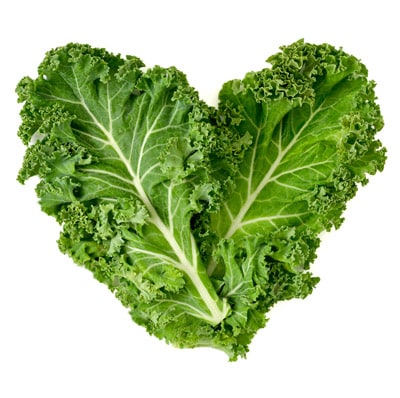
This leafy green is known as one of the most nutrient-dense foods anywhere in the world. Kale, the crowned king of greens, features an impressive combination of vitamins, minerals, and plant compounds. Just one single cup serving of kale provides you with all the Vitamin A, C, and K that you need in a day.
See all of our recipes using kale.
Serving Size: 1 cup
Net Carbs: 0.3 grams
3. Mushrooms

Mushrooms are some of the best low-calorie vegetable sources of fiber, protein, vitamins, and antioxidants. These delicious veggies are known to support brain health, decrease the risk of heart disease, and boost energy levels.
See all of our recipes using mushrooms.
Serving Size: 1 cup
Net Carbs: 1.5 grams
4. Asparagus

Asparagus is a fantastic low-calorie, nutrient-dense veggie to incorporate into any diet focused on weight loss and/or increased health. Some of the top health benefits of asparagus include improved digestive health, decreased blood pressure, and boosted brain health.
See all of our recipes using asparagus.
Serving Size: 1 cup
Net Carbs: 0.3 grams
5. Cauliflower

In recent years, cauliflower has become the holy grail of the low carb world. The cruciferous veggie is low in calories and filled with nearly every essential vitamin and mineral. It’s also wildly versatile and is also used as a substitute for grains and potatoes in recipes like pizza dough, mashed potatoes, and rice. If you’re new to the low carb diet, get ready to get very familiar with cauliflower.
See all of our recipes using cauliflower.
Serving Size: 1 cup
Net Carbs: 3 grams
6. Broccoli
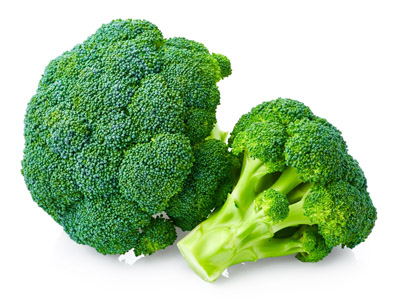
This superfood is one of the most prominent members of the cruciferous family. Broccoli is packed with fiber, protein, vitamins, and minerals, making it an incredibly healthy vegetable to add to your diet.
See all of our recipes using broccoli.
Serving Size: 1 cup
Net Carbs: 3.5 grams
7. Zucchini
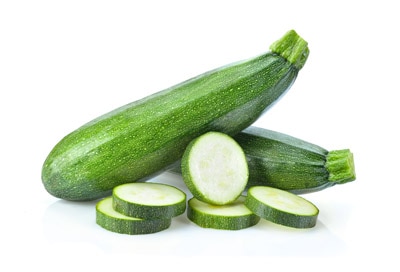
As the most popular type of squash, zucchini is a favorite in my home during the summertime. This low-cal veggie is rich in a ton of different nutrients and antioxidants that provide health benefits like reduced blood sugar and healthy digestion.
See all of our recipes using zucchini.
Serving Size: 1 cup
Net Carbs: 2 grams
8. Cabbage

Often overlooked for its more popular cousins, cabbage has an impressive nutrient content that may surprise you. Cabbage is packed full of vitamins, minerals, antioxidants, and fiber, making it an excellent low carb vegetable.
See all of our recipes using cabbage.
Serving Size: 1 cup
Net Carbs: 2 grams
9. Eggplant
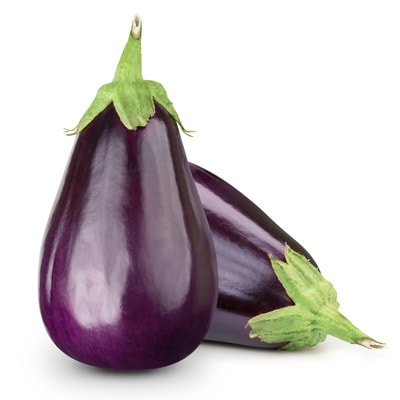
Not only are eggplants rich in a wide variety of vitamins and minerals, but they are incredibly high in fiber and antioxidants. Impressive health benefits of eggplants include digestion support, improved heart health, and cancer prevention.
See all of our recipes using eggplant.
Serving Size: 1 cup
Net Carbs: 2.3 grams
10. Bell Peppers

Also called capsicums, these sweet and crunchy veggies are loaded with beneficial antioxidants and vitamins. Just one red bell pepper contains an incredible 317% of the RDI of Vitamin C. Bell peppers are best known for their ability to reduce inflammation and protect the body from oxidative stress.
See all of our recipes using bell peppers.
Serving Size: 1 cup
Net Carbs: 4.5 grams
High Carb Vegetables
Important Note: The following net carb numbers are based on RAW 1-cup servings.
These are some of the highest carb vegetables to eat in moderation, along with low carb substitutes to try instead:

1. Butternut squash
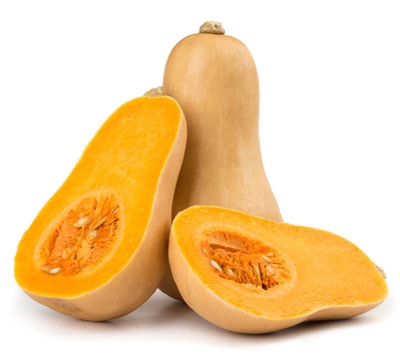
A classic fall favorite, butternut squash is a delicious vegetable that is commonly roasted and served as either a sweet or savory dish (like slow cooker butternut squash soup or butternut squash oatmeal). Butternut squash is rich in powerful antioxidants, vitamins, and fiber. It’s also quite high in carbs, though not as high as its even carb-ier cousin, the acorn squash.
Substitutes for Butternut Squash: Spaghetti squash and zucchini are both delicious and low-carb squash alternatives to butternut squash.
Serving Size: 1 cup
Net Carbs: 15 grams
2. Peas

Often used in stir fries and salads, peas are highly nutritious foods that are packed with fiber and antioxidants. If we’re being technical, peas are actually considered to be legumes and not vegetables, but many people lump them in with other green veggies.
Substitutes for Peas: Green beans and edamame are great alternatives for peas and each contains significantly less carbs.
Serving Size: 1 cup
Net Carbs: 16 grams
3. Corn
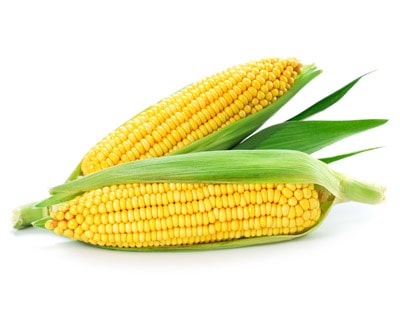
Corn, both a vegetable and a starch, is a fantastic source of fiber with a ton of nutrients. Commonly grilled during the summertime, corn is loaded with essential vitamins and minerals. However, it’s also fairly high in carbs, so it’s important to watch your intake.
Substitutes for Corn: There are many substitutes for corn depending on the type of dish you’re preparing. In salads, you can swap it out for cauliflower rice or snow peas. To add that classic corn flavor to a dish, try using corn extract.
Note: 1 cup of raw corn kernels is equal to 2 ears of corn.
Serving Size: 1 cup
Net Carbs: 39 grams
4. Sweet Potatoes

Considered to be a superfood for its incredible nutrient content, sweet potatoes are arguably the most popular carb source in the health food world. They are packed with fiber and are known for their ability to support gut health and boost immunity. Unfortunately for low carb dieters, they are also quite high in carbs.
Substitutes for Sweet Potatoes: Pumpkin, butternut squash, and jicama are all great lower-carb swaps for the root vegetable.
Serving Size: 1 cup
Net Carbs: 20 grams
5. Potatoes
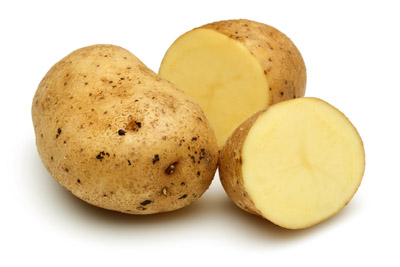
As both a fantastic source of nutrients and one of the most versatile foods on the planet, potatoes are little rockstars. They can be prepared in more ways than I can count and are loaded with vitamins, minerals, and fiber. As awesome as they are, they’re also very high in carbs, so they should be consumed in moderation.
Substitutes for Potatoes: Turnips, radishes, jicama, and rutabaga are all delicious swaps for potatoes with significantly lower carb counts.
Serving Size: 1 cup
Net Carbs: 23 grams
Eating on a low carb diet doesn’t mean that you need to stop eating your favorite vegetables, it simply means you need to moderate your consumption levels.
Sources:
- Why Do You Subtract the Dietary Fiber From the Carb Count? by Christine McKnelly
- The 21 Best Low-Carb Vegetables by Healthline
- 14 Foods to Avoid (Or Limit) on a Low-Carb Diet by Healthline
This post originally appeared on this blog on January 12, 2023.
Kristen Rittmer
Latest posts by Kristen Rittmer (see all)
- Chicken Pot Pie Pasta - January 15, 2025
- Butterscotch Brownies - January 8, 2025
- Instant Pot Split Pea Soup - December 25, 2024
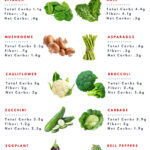
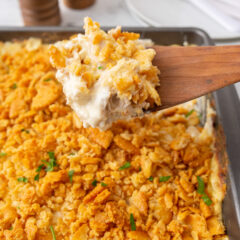
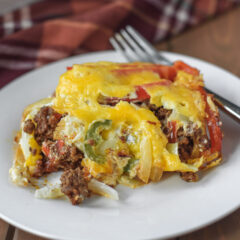




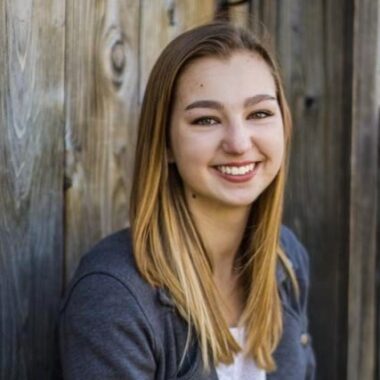
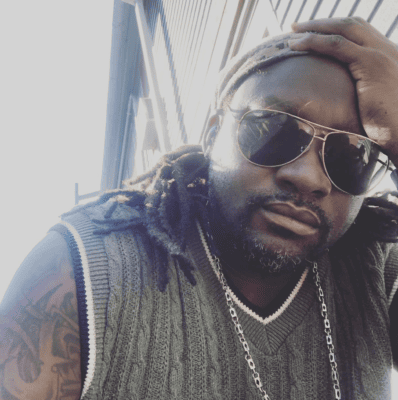

Leave a Reply